Seasonal Affective Disorder (SAD) impacts many individuals during the fall and winter months when daylight becomes scarce. Symptoms of SAD can range from mild winter blues to more severe depressive episodes, affecting mood, energy, and overall well-being. Fortunately, light therapy is an effective treatment for SAD, offering a natural and non-invasive way to alleviate symptoms. But with various light devices available, how do you determine the best phototherapy light for SAD?
This article explores the effectiveness of light therapy, types of light therapy lamps, and essential factors to consider when selecting a light source to treat SAD symptoms.
Understanding Light Therapy for SAD
Light therapy, also known as phototherapy, is a popular treatment used to treat seasonal affective disorder. It involves exposure to a bright light source that mimics natural light, helping regulate your circadian rhythm and boosting serotonin levels. SAD symptoms, such as lethargy and mood swings, are often linked to reduced sunlight exposure during darker months.
The therapy can help individuals by replicating sunlight that’s often missing during the fall and winter. A light therapy lamp, when best used in the morning, can promote consistent sleep patterns, reduce melatonin levels, and improve mood disorders like major depressive disorder or bipolar disorder.
How Does Light Therapy Work?
Light therapy may work by affecting melanopsin, a photopigment in the eye’s retina sensitive to blue light and essential for regulating sleep-wake cycles. By sitting in front of a light box for around 30 minutes of exposure daily, individuals can experience improved energy and mood. It's important to note that the effectiveness of light therapy varies, and results depend on proper usage.
Using a light box typically involves placing it at eye level, about 16 to 24 inches away. The intensity of light, measured in lux, plays a crucial role in its efficiency. A bright light therapy lamp with a minimum of 10,000 lux is generally recommended for treating SAD.
Types of Light Therapy Lamps
Light therapy boxes come in various shapes and sizes, including smaller light boxes for portability and larger light devices for greater coverage. Each type serves different needs, making it easier to find one suited to your lifestyle and space.
- Full-Spectrum Lamps: These emit white light that closely resembles natural light, making them effective and safe for SAD treatment. However, they must filter out ultraviolet rays to avoid eye damage.
- LED Light Therapy Lamps: LED lights are energy-efficient and long-lasting. They provide bright light with minimal heat, making them a comfortable choice for daily use.
- Fluorescent Lamps: Compact fluorescent tubes are another common option. Though effective, they may lack the energy efficiency of LED lights.
- Dawn Simulators: These lamps gradually illuminate your room to mimic a natural sunrise, promoting a gentle wake-up experience and alleviating symptoms of SAD in the morning.
- Light Visors: A wearable option, light visors provide targeted therapy while allowing mobility, although their smaller light source may require longer exposure.
Key Features to Consider
When selecting the best light therapy for SAD, there are essential features to evaluate:
1. Light Intensity
Bright light is critical for effective treatment. Most light therapy boxes have an intensity of 10,000 lux, which is ideal for shorter exposure times. For individuals who are sensitive, a smaller light intensity may be sufficient.
2. Color Temperature
The color temperature of a light therapy lamp affects how natural the light feels. A balance between warm and cool tones ensures comfortable exposure without causing strain on the eyes.
3. UV Filtering
To ensure safety, choose lamps that filter out ultraviolet rays to prevent potential eye damage and skin irritation.
4. Size and Design
Light therapy boxes come in various designs. Larger light devices offer broader coverage, while smaller light boxes are more portable and convenient for travel.
5. Ease of Use
Look for features like adjustable stands, timers, and dimming options to enhance usability.
Benefits of Using Light Therapy Lamps
Light therapy is an effective treatment for SAD, and its benefits extend beyond alleviating seasonal mood disorders. Here are some advantages:
- Improved Energy Levels: Bright light exposure can counteract fatigue and increase alertness during darker months.
- Enhanced Mood: Light treatment may improve mood disorders by boosting serotonin levels, reducing depressive symptoms.
- Better Sleep Patterns: By regulating the circadian rhythm, light therapy promotes consistent sleep cycles.
Integrating Light Therapy with Other Treatments
For individuals suffering from severe symptoms of SAD, light therapy is often combined with other treatments. Cognitive behavioural therapy and antidepressant medications, like selective serotonin reuptake inhibitors, may complement the benefits of light exposure.
Regular exercise and a balanced diet can also support SAD treatment. Engaging in outdoor activities during daylight hours provides natural light exposure, further alleviating symptoms.
Common Questions About Light Therapy
Is Light Therapy Safe?
Light therapy is generally safe when using the light as directed. However, individuals with sensitive skin or certain eye conditions should check the manufacturer’s recommendations and consult a healthcare provider.
Can Light Therapy Help Other Mood Disorders?
In addition to seasonal affective disorder, light therapy may improve symptoms of major depressive disorder and bipolar disorder, though it’s essential to consult psychiatry professionals for tailored treatment plans.
How Long Does It Take to See Results?
Many users notice improvements within a few days to two weeks of consistent use. Around 30 minutes of exposure daily is typically recommended for best results.
Additional Tips for Using Light Therapy
- Use Early in the Morning: Light therapy is best used in the morning to align with your natural circadian rhythm.
- Avoid Overexposure: Prolonged exposure can cause eye strain or headaches. Stick to recommended durations.
- Pair with Dawn Simulators: Sunrise alarm clocks and dawn simulators can provide a more natural waking experience.
- Maintain a Regular Schedule: Consistent use enhances the effectiveness of light therapy.
Conclusion
For those who suffer from SAD, light therapy is a proven, effective, and safe treatment option. By understanding the various light therapy boxes and their features, you can select the best course of action to alleviate symptoms and improve your quality of life during the darker months. Whether you choose a compact light box for portability or a larger light device for greater coverage, incorporating light therapy into your daily routine may illuminate your days and lift your mood.
A vacuum skin cleaner is the perfect solution for those who want to keep their skin in perfect condition. With its help, you can easily and effectively take care of your skin, achieving visible results after the first procedures! You can buy this cleaner at a low price in our store.
Key Takeaways
- Light Therapy: An effective treatment for seasonal affective disorder, offering bright light exposure to improve mood and energy.
- Types of Lights: Choose from LED, fluorescent, or full-spectrum options depending on your needs.
- Features to Consider: Light intensity, UV filtering, size, and color temperature are crucial.
- Complementary Treatments: Combine with cognitive behavioural therapy, regular exercise, and a balanced diet for optimal results.
- Consistency is Key: Using light therapy regularly ensures the best outcomes.
Let light therapy brighten your winter months and help you overcome the challenges of seasonal affective disorder with a safe and natural solution.

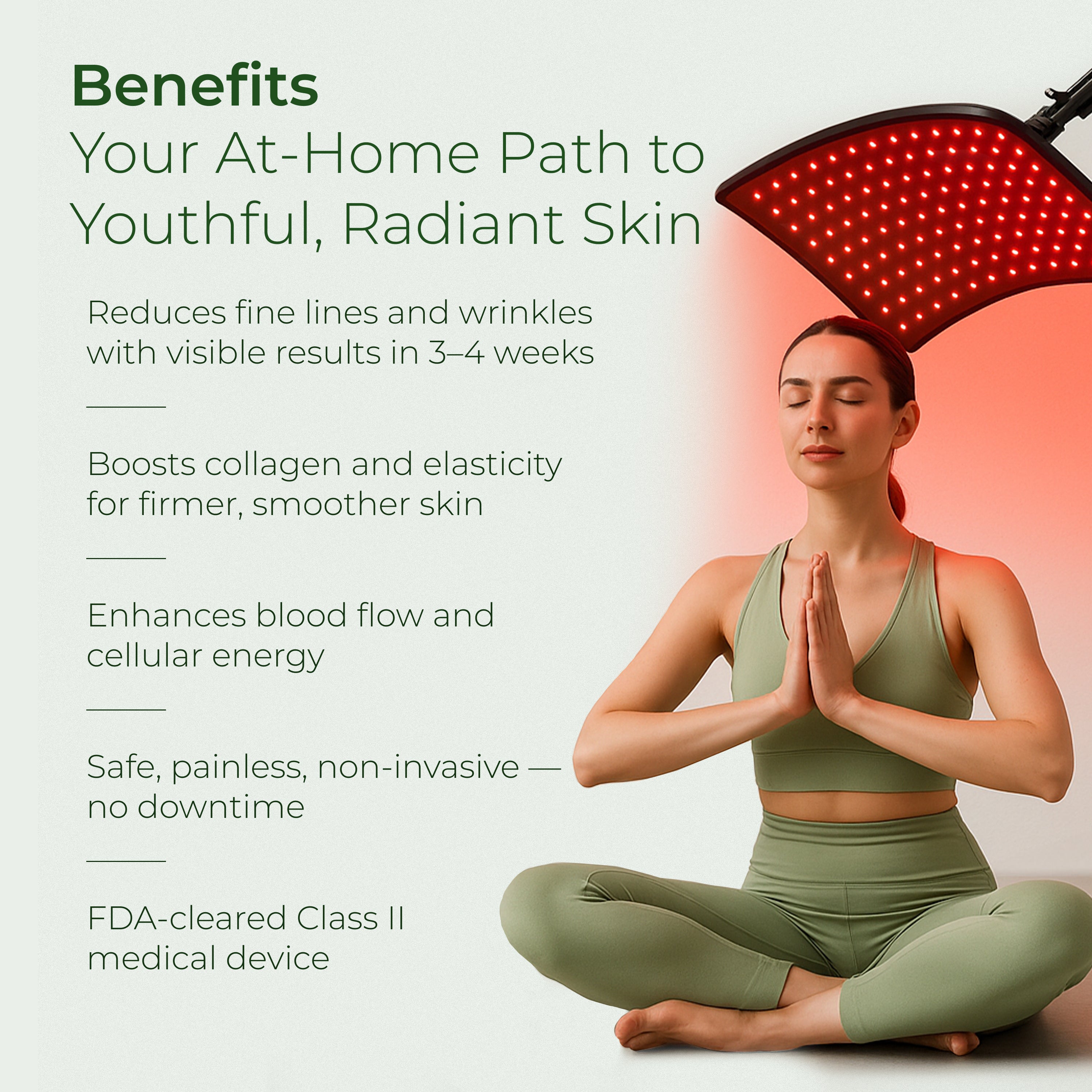
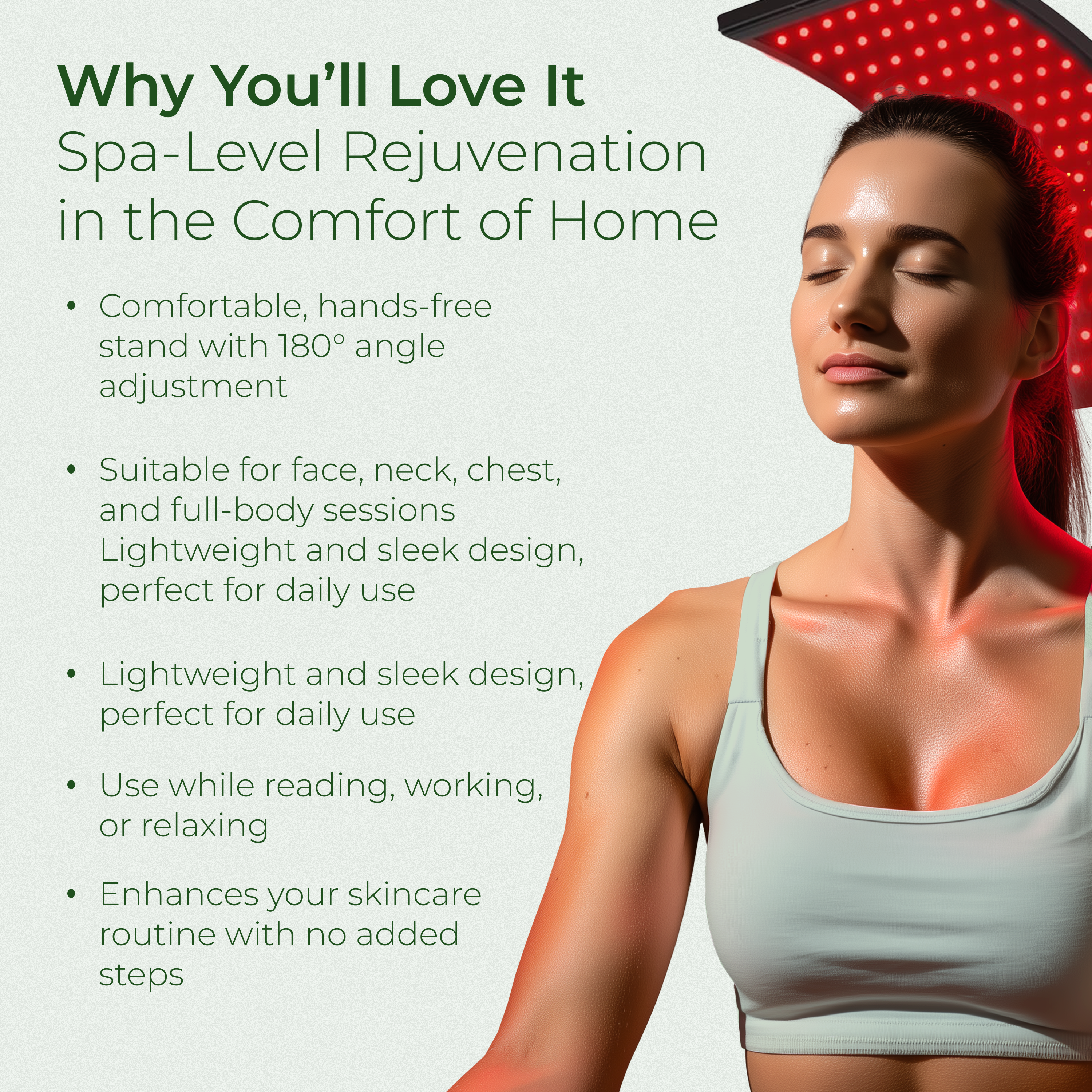
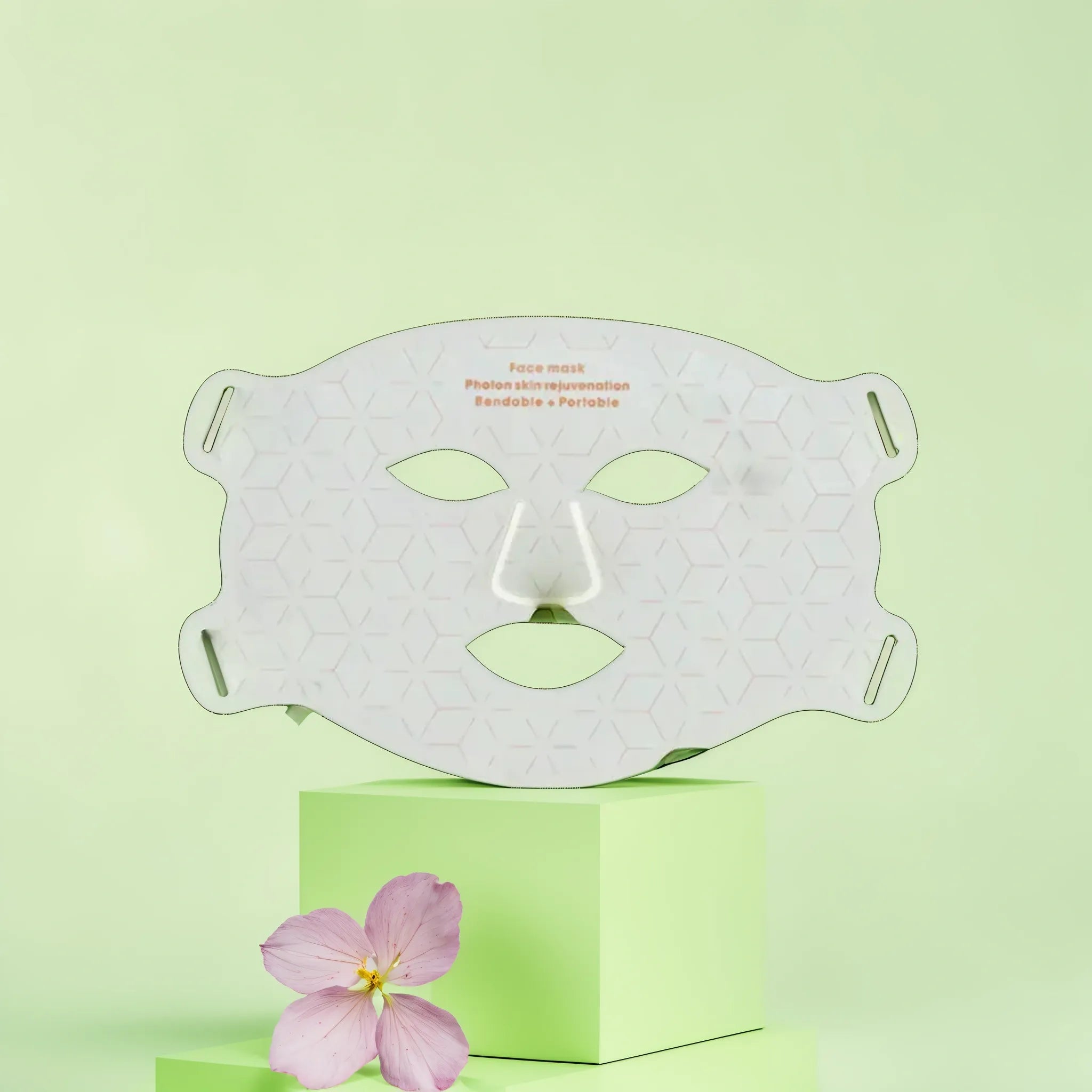
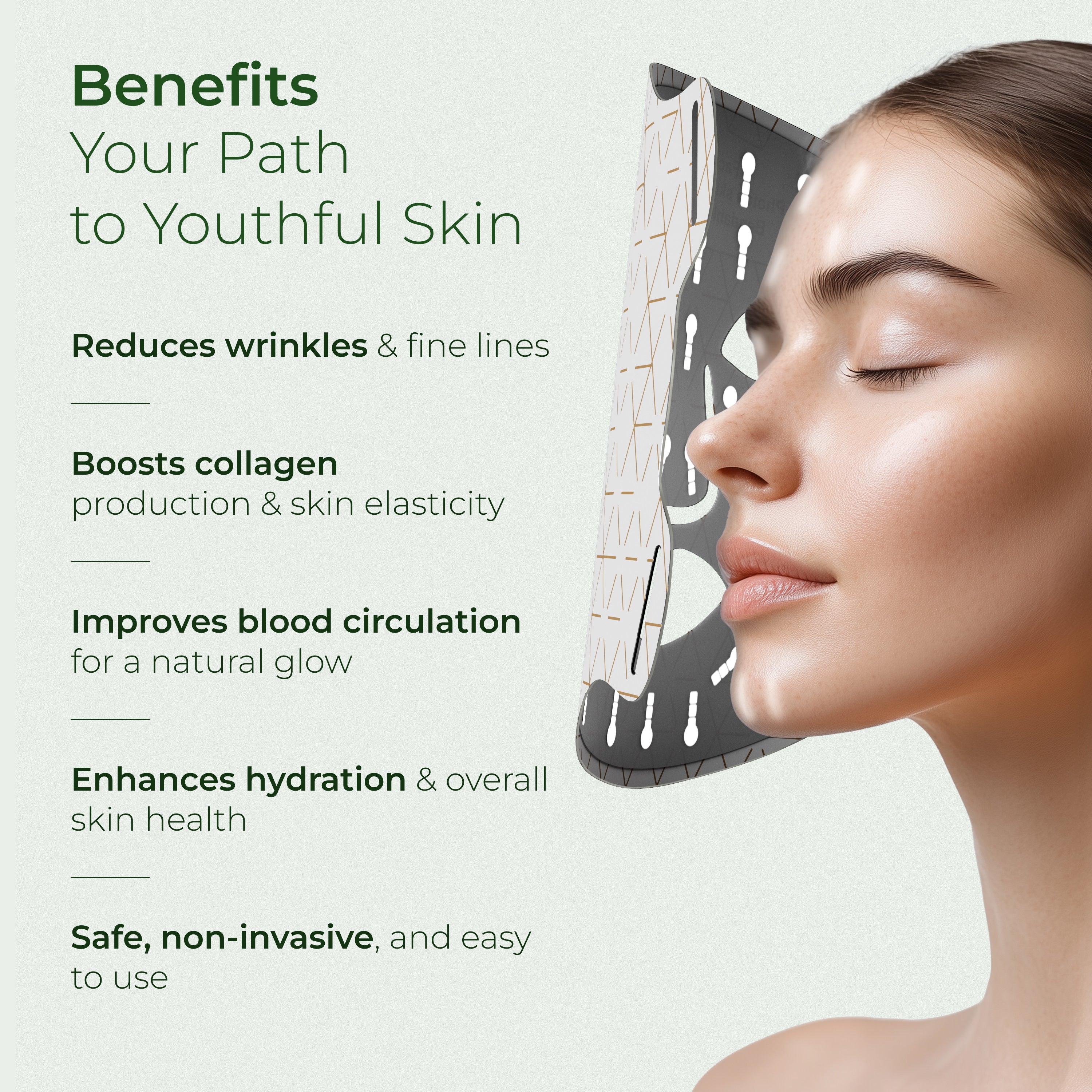


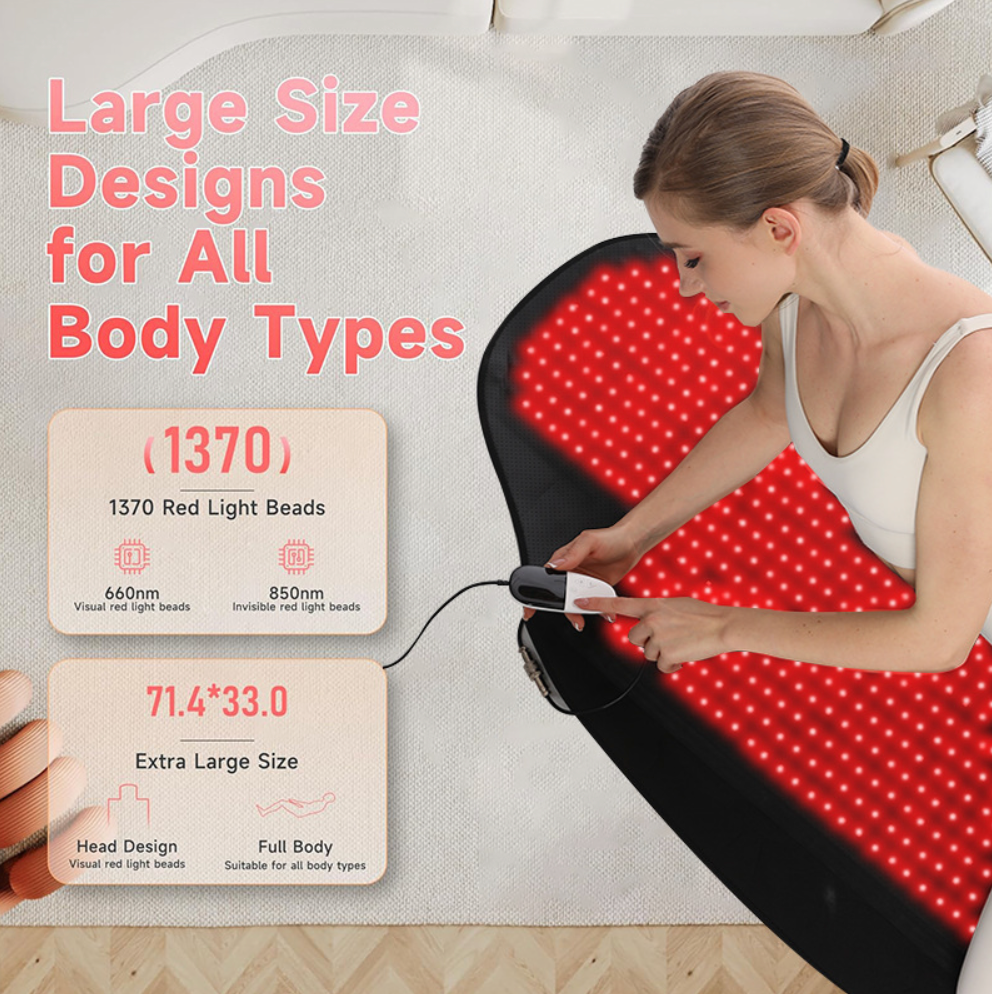
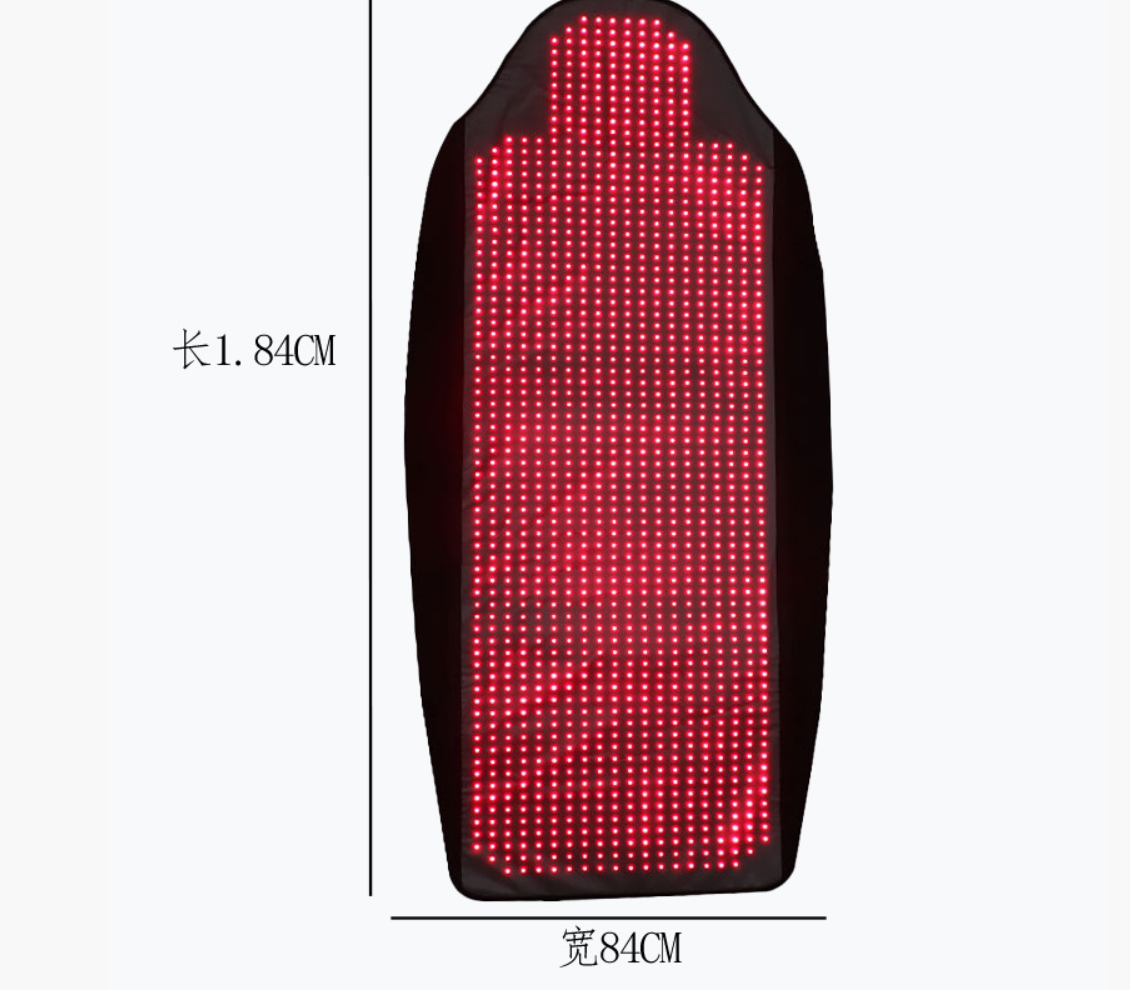
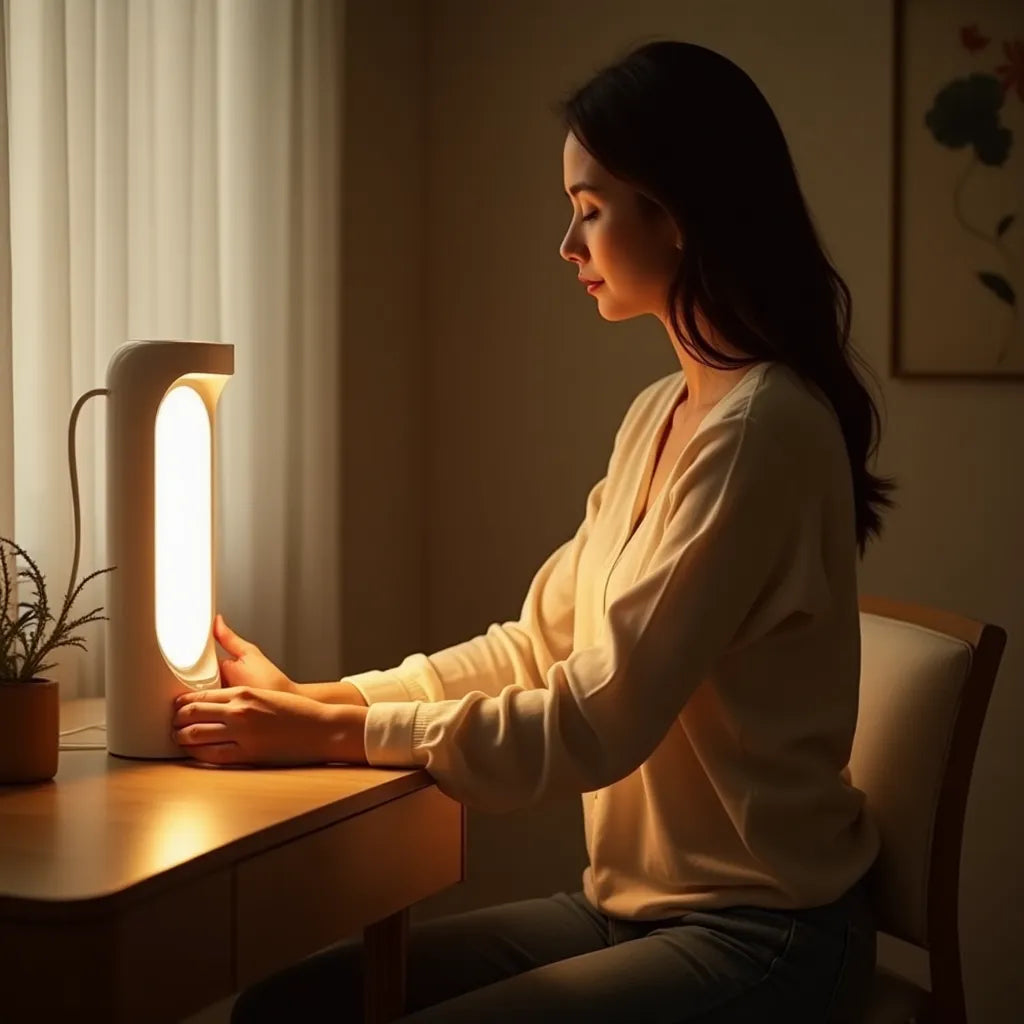
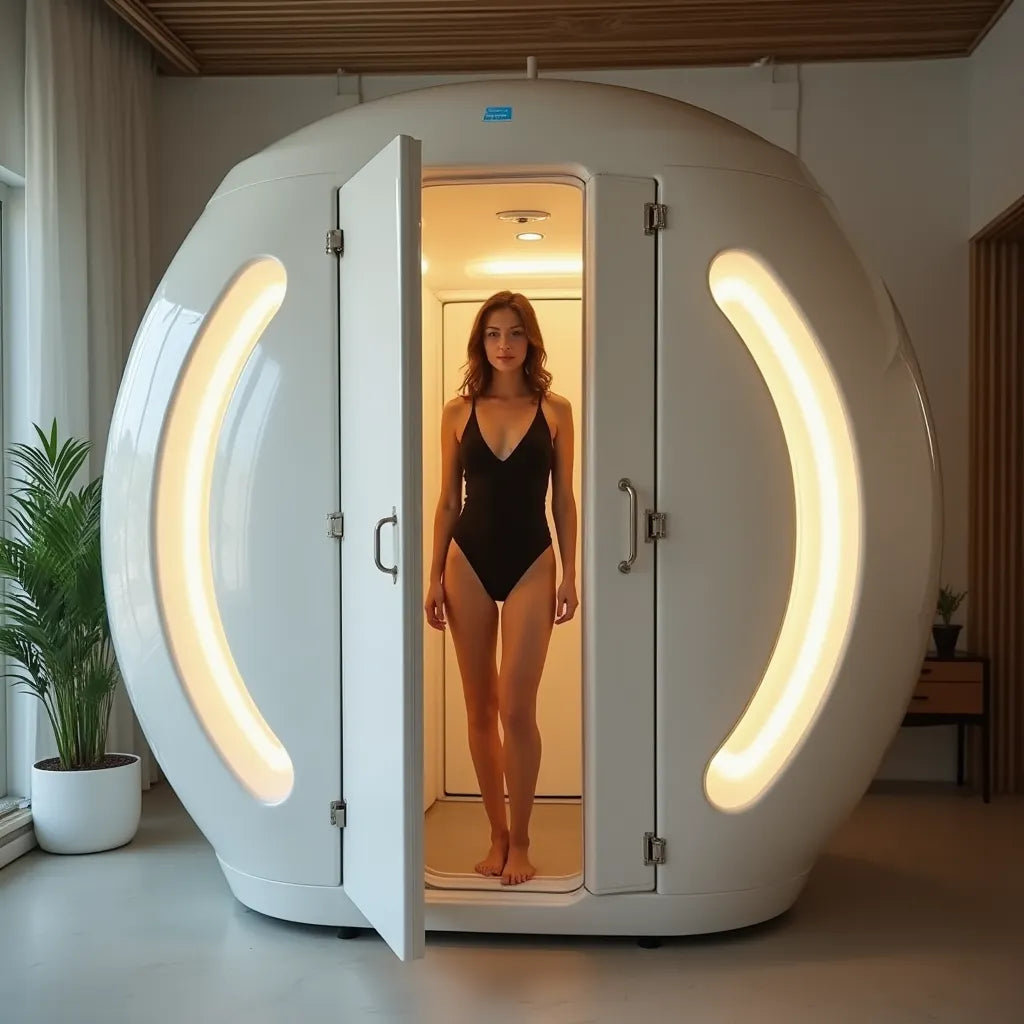
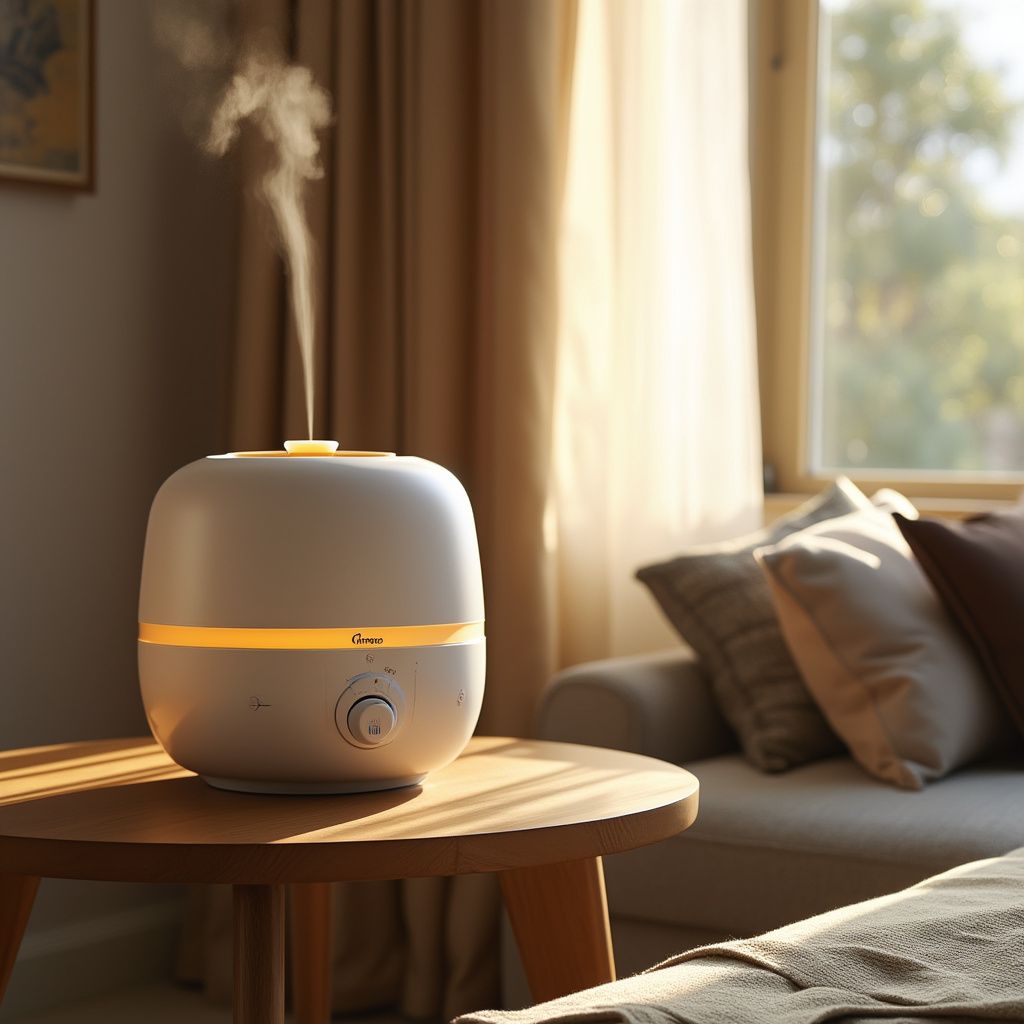
Dejar un comentario
Este sitio está protegido por hCaptcha y se aplican la Política de privacidad de hCaptcha y los Términos del servicio.